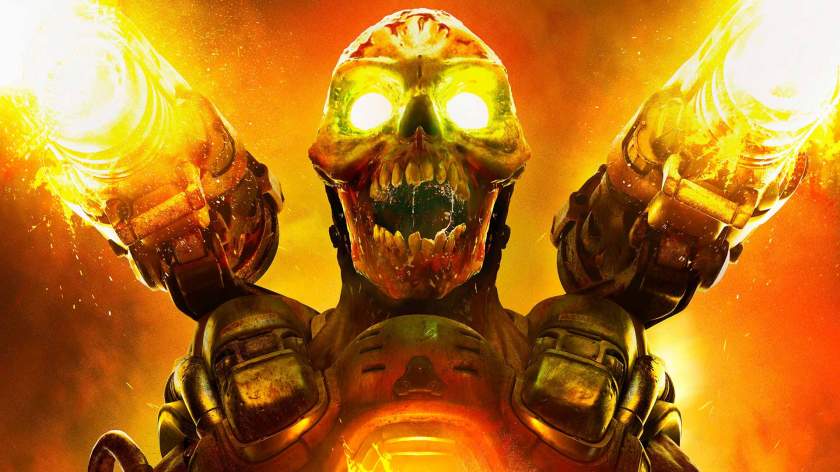
Robert Eggers The Witch has been an elusive film for me, in the sense that being able to get to a screening has been difficult, since there were very few that were close enough for me to see it. But I finally did. And it was great.
For those that don’t know, this film follows a New England family who are banished from their settlement for reasons that we can assume are religious ones. So they go out and establish a farmstead out near the woods. Things start going bad, of course, when the baby disappears and the crops start failing.
The cinematography here is fantastic, with slow and suspenseful camera work, with a dour, somewhat desaturated look. Twisting branches, gnarled roots and lighting that plays an excellent role, particularly towards the end of the film that discloses enough for you to understand, but also hides enough to let your imagination run wild.
The film also shoots for authenticity in it’s aesthetics. From the mannerisms of the characters that do believably sound like New Englanders of the time that can occasionally be difficult to understand, to the look of the farmhouses and the very brief glimpses we get of the village. The actors of the film were unknown to me, but the performances of the small cast is brilliant, with the voice of the father having and unmistakeable tenor and dialect that is strong, but also as the film progresses filled with the edge of paranoia and resignation.
On a structural level, the film feels almost literary, with sequences that due to the way they are cut feel like clearly demarcated chapters. These are expertly paced as well, with the film focusing more on the relationships of characters, religious piety and fervour, as well as paranoia that escalate throughout the film, with the ‘horror’ moments being like extraordinarily effective exclamations that drive the next section forward. This is also driven though expert use of sound, cutting from quiet to very loud moments, the use of foreboding music and silence both exude the terrifying quality of horror, whilst maintaining some contemplative aspect to the film. Actual violence is also sparse, but also effective. I know the phrases “gripping” and “edge of your seat” are perhaps cliché in the realm of film reviews, but those phrases fit this film like a glove, since as the film progressed and got closer to the end, the closer to the edge of the seat I was and so was the friend of mine who I saw this with.
To conclude: The Witch is a brilliant film, perhaps one of the best recent horror movies available. It is a shame that this didn’t get a wider theatrical release, considering it is a film I think a mainstream audience could still appreciate. But yes, The Witch is a gripping, believable and expertly crafted film that feels authentic to the period and authentic to spirit of old folk tales that you should all go see whenever you have the opportunity to do so.
9/10








